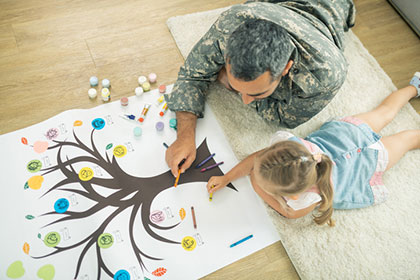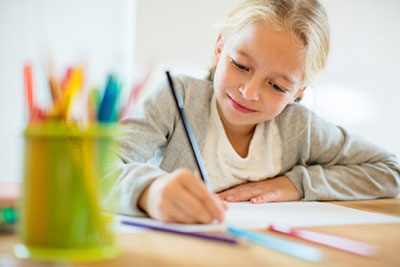“…whoever welcomes a child like this…. welcomes Me.”

Family Tree at School
Building a family tree at school teaches children about history and culture as they related to their own family. However, children from non-traditional families face a difficult project. A child who is raised by a single parent, a foster parent or who is adopted may feel singled out and ostracized.
Many public schools have stopped doing family tree projects for these very reasons. If your child’s teacher is one of the few who continues assigning family trees, do not despair and do not take your frustrations out on the teacher. Instead, use this project as a teachable moment.
Picking a Family Tree
Your child knows about the adoption. Hopefully, there is an existing relationship between your child and the birth mom. If this is the case, your child may wonder which family tree is the most accurate for the school project. If the child is mostly interested in biology and genetics, a family tree that traces the birth parents’ families may be best. If the child is more interested in the culture of his or her adoptive parents and grandparents, and adoptive family tree may be right.
While your child is making this important decision, feel free to weigh in. Let your child know that you are willing to help regardless of the ultimate decision. You would love to spend time tracing your own roots, but you would also enjoy learning more about the birth family. Make it very clear that your child should not feel guilt about choosing one family over the other.
If the decision is overwhelming, help your child out. Suggest that he or she ask the teacher for advice. If that doesn’t work, suggest doing two trees. This would give your son or daughter great insight into all facets of his or her personal history.
Presenting a Family Tree to the Classroom

A family tree presentation that includes an adoptive family may be confusing for some of the children in the class. Arm your child with information that can be used to answer any questions that may arise. Some of those questions may be difficult to answer, even for adults. Other children might ask who your child’s “real family” is or what it feels like to have “two moms.” Your child should be able to say, without fluctuation, that the birth family is only related by birth, but he lives with his real family and his only mom. Your child might even take a moment to explain Christian adoption, how it works and the ongoing relationship with the birth mother.
To ease the project, you may decide you want to attend a classroom event. Offer to host a question and answer for your child’s class. Read a book about adoption during story time. Most of all, remember to always have faith, show love and be present.


